SUCCEEDED
-
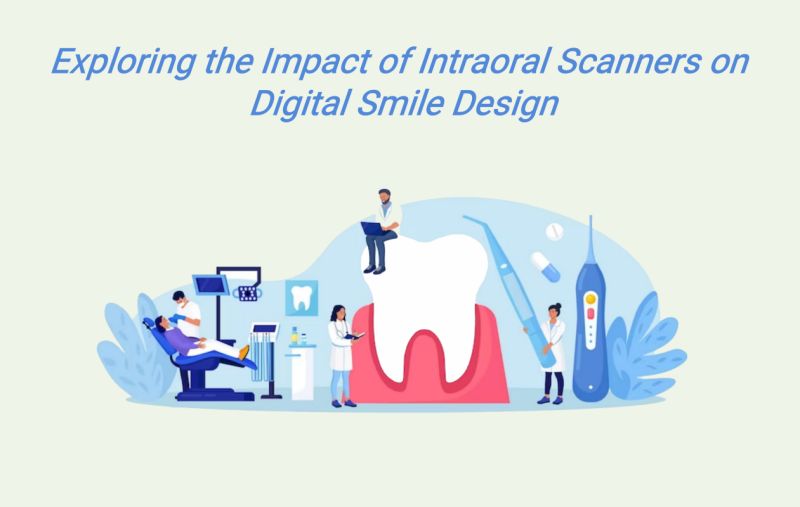
Exploring the Impact of Intraoral Scanners on Digital Smile Design
In the constantly evolving realm of dentistry, technology is continuously influencing the approach that professionals take toward diagnostics, treatment planning, and patient care. An impactful partnershi...Read more -

Unveiling the Evolution of Intraoral Scanners: A Journey through Origins and Development
In dentistry, technological advancements have played a pivotal role in revolutionizing traditional practices. Among these innovations, intraoral scanners stand out as a remarkable tool that has transforme...Read more -
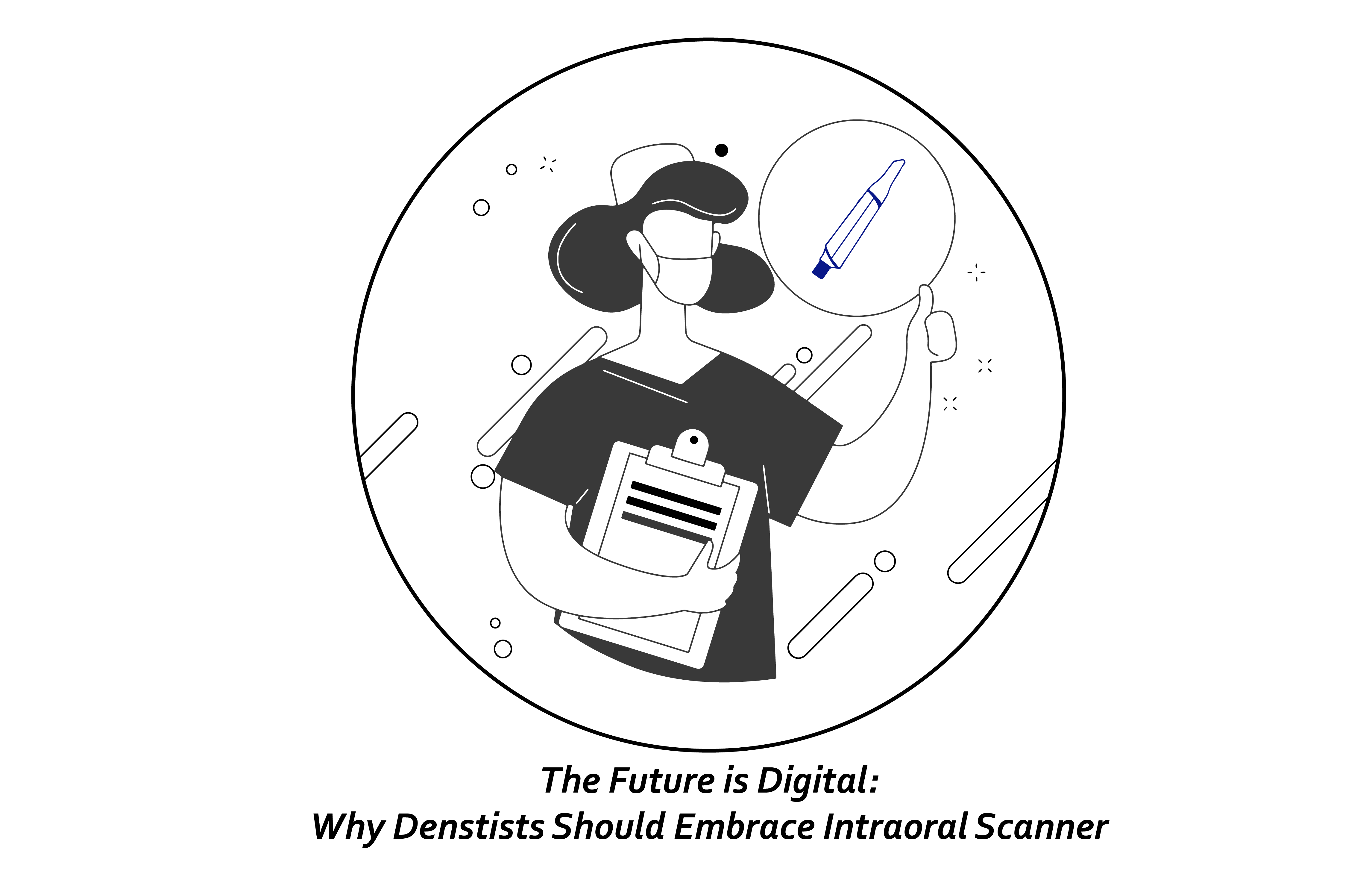
The Future is Digital: Why Dentists Should Embrace Intraoral Scanner
For decades, the traditional dental impression process involved impression materials and techniques that required multiple steps and appointments. While effective, it relied on analog rather than digital workflows. In recent years, dentistry has gone through a technolog...Read more -
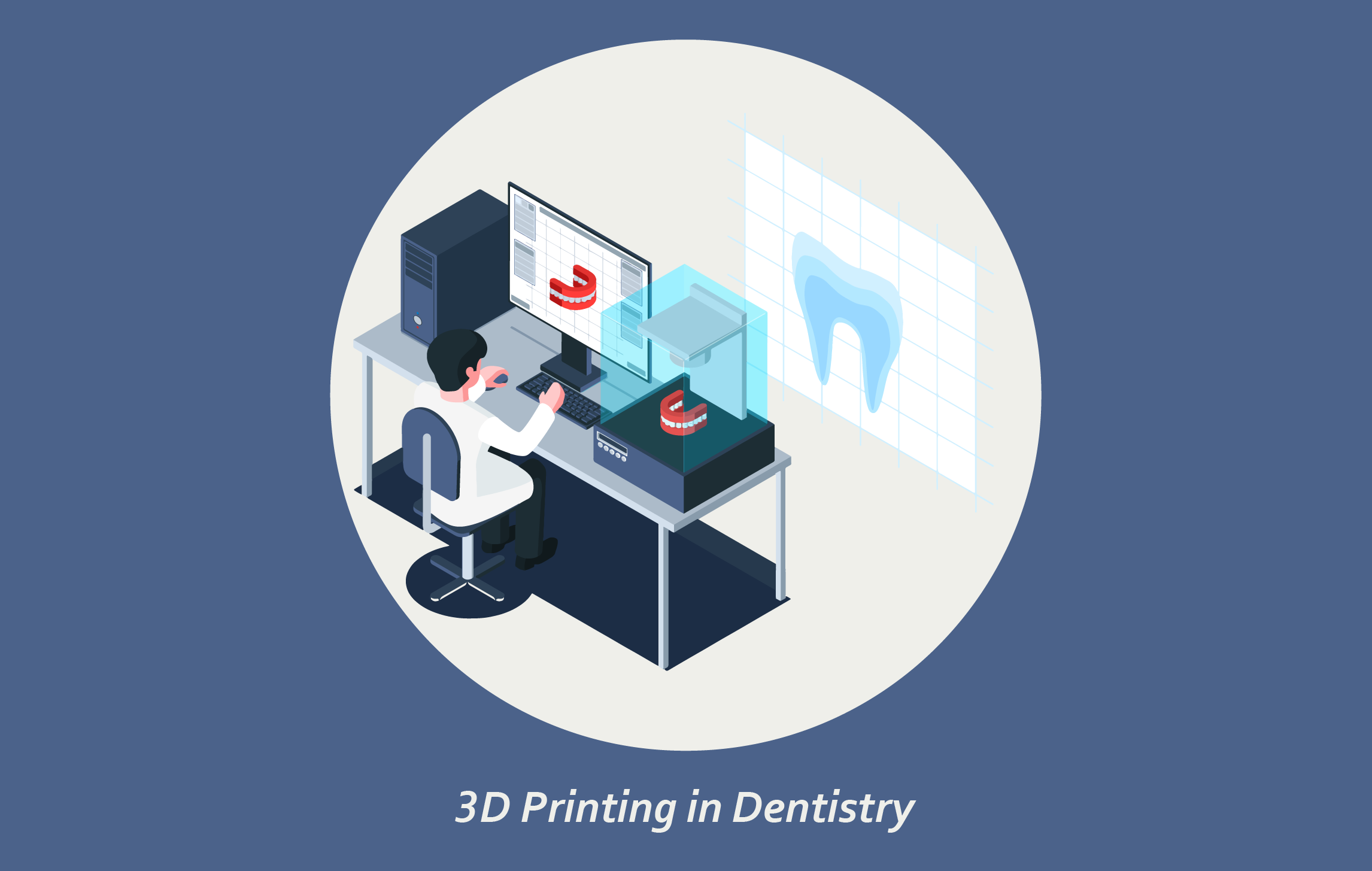
3D Printing in Dentistry
Dental 3D printing is a process that creates three-dimensional objects from a digital model. Layer by layer, the 3D printer constructs the object using specialized dental materials. This technology allows dental professionals to design and create precise, customi...Read more -
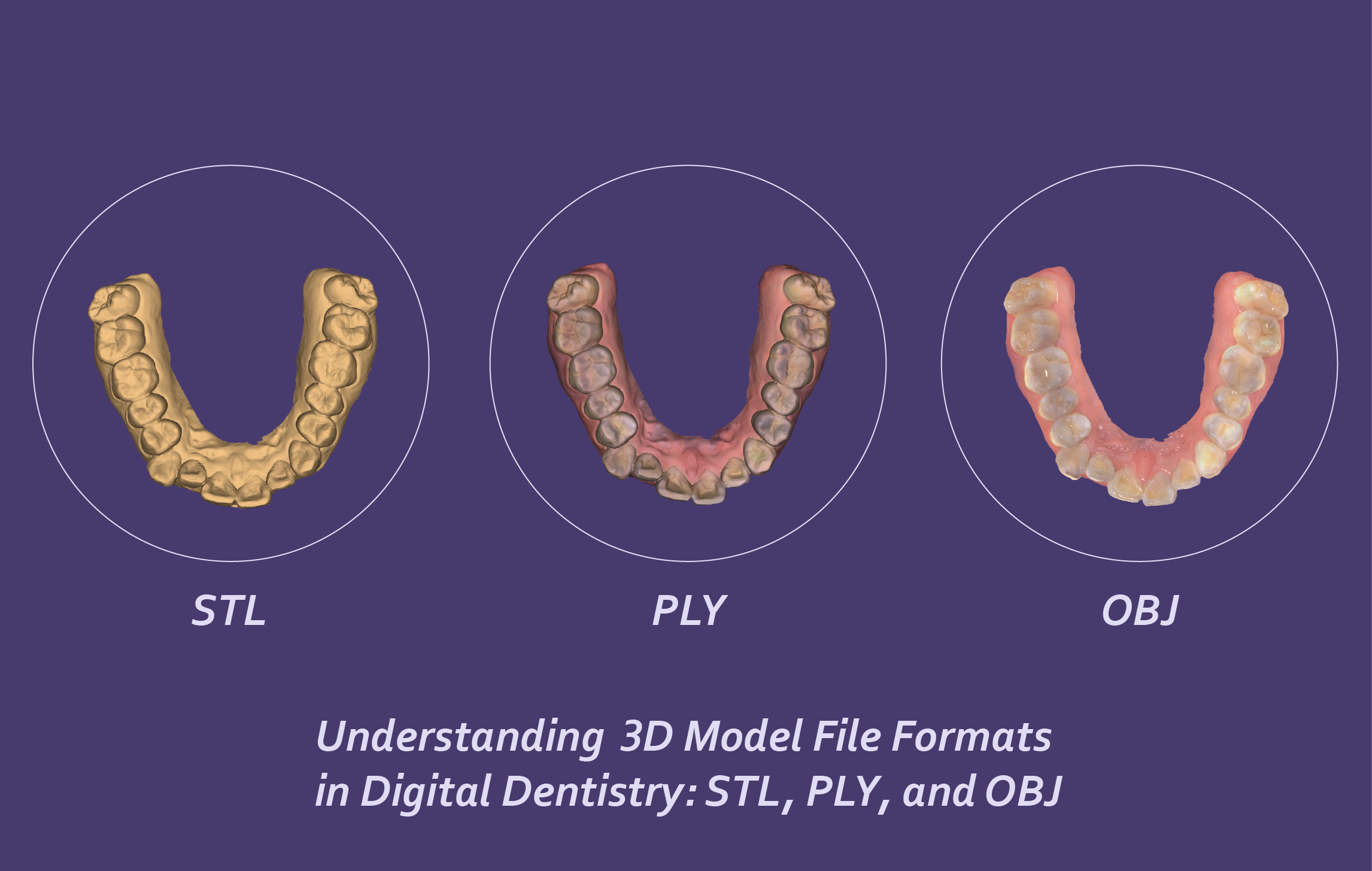
Understanding 3D Model File Formats in Digital Dentistry: STL vs PLY vs OBJ
Digital dentistry relies on 3D model files to design and manufacture dental restorations like crowns, bridges, implants, or aligners. The three most common file formats used are STL, PLY, and OBJ. Each format has its own pros and cons for dental applications. In ...Read more -
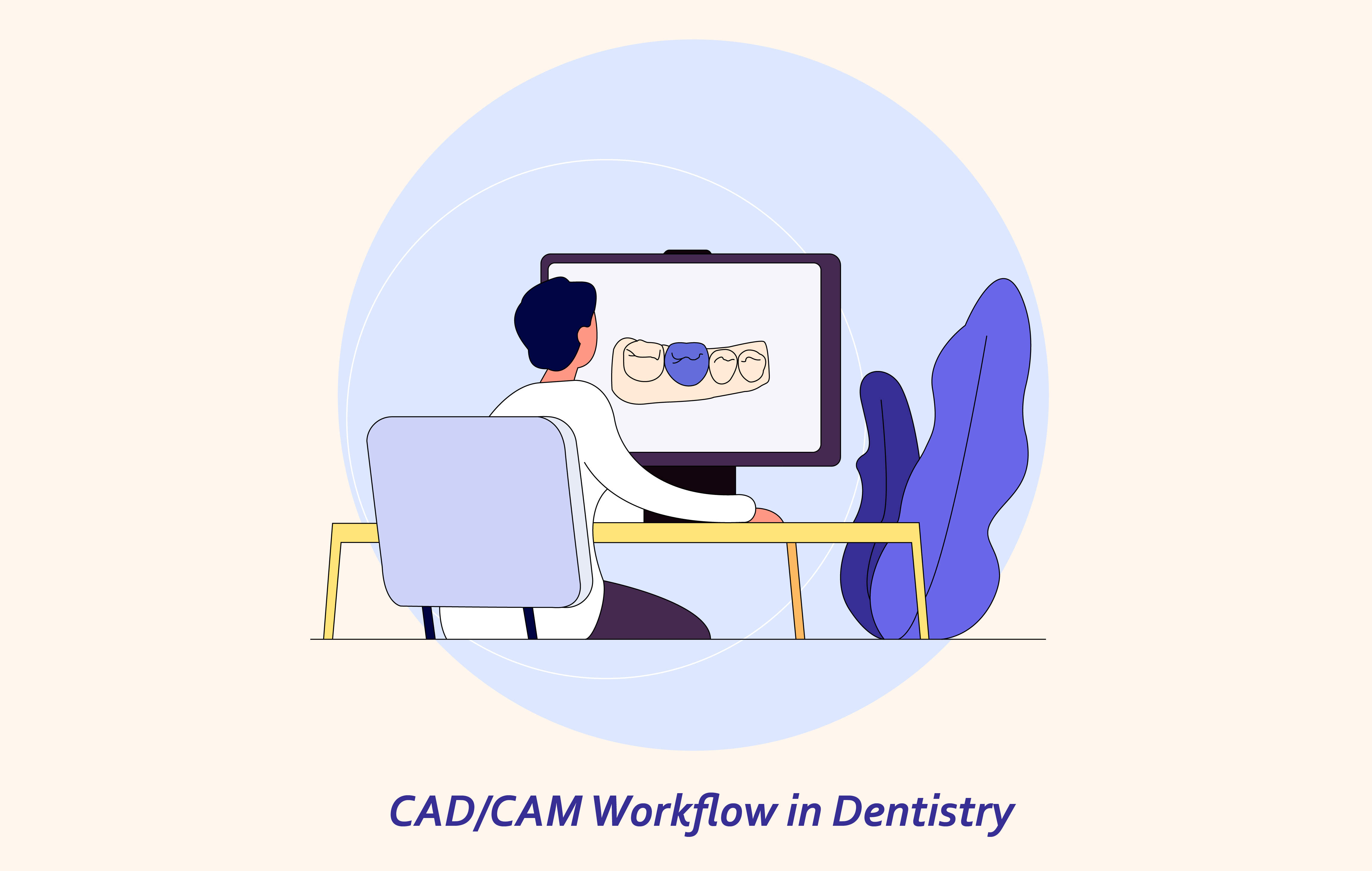
The CAD/CAM Workflow in Dentistry
Computer-Aided Design and Computer-Aided Manufacturing (CAD/CAM) is a technology-driven workflow used in various industries, including dentistry. It involves the use of specialized software and hardware to design and produce custom-made dental restorations, such as crow...Read more -
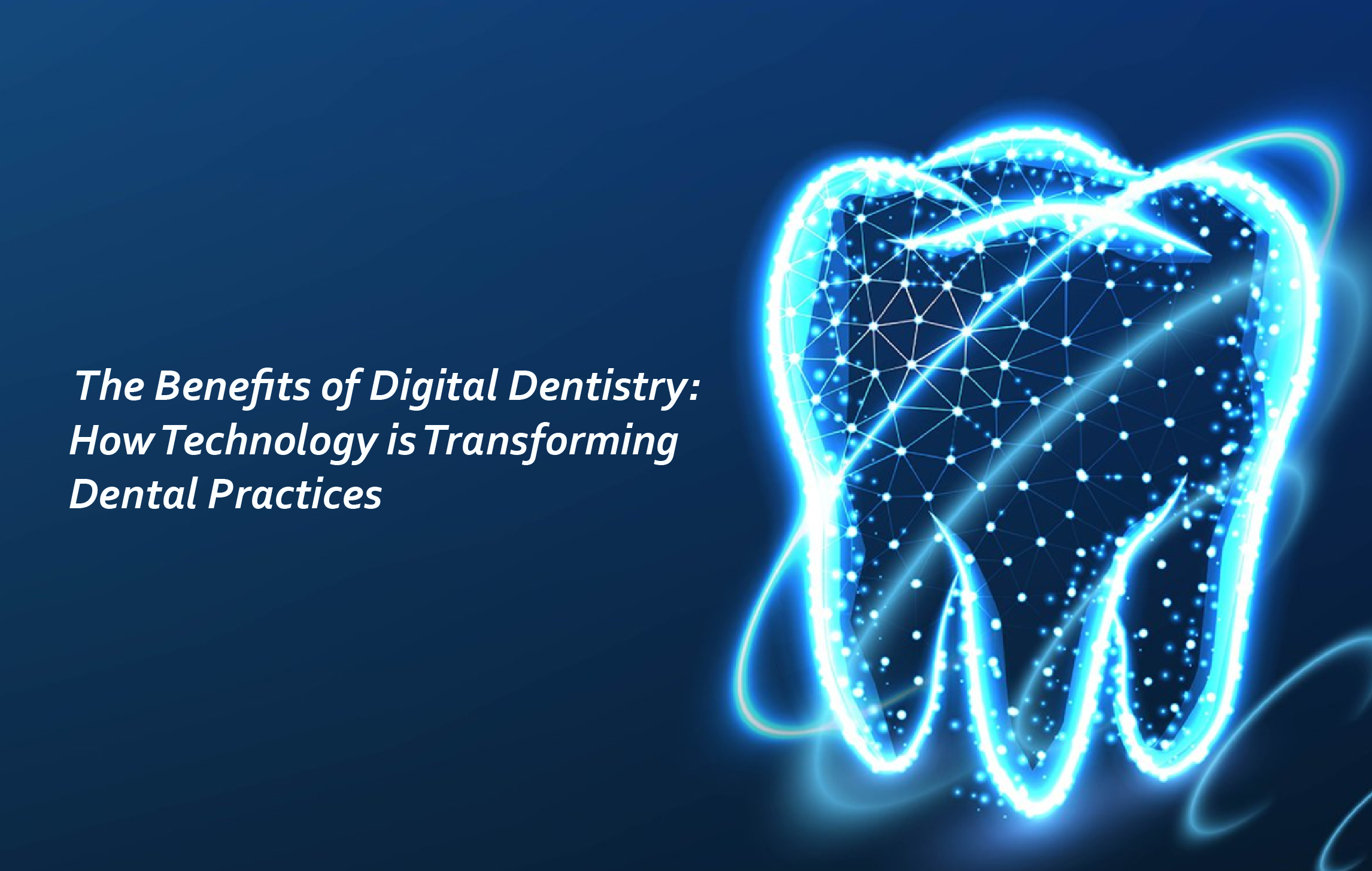
The Benefits of Digital Dentistry: How Technology is Transforming Dental Practices
In the past couple of decades, digital technology has infiltrated every aspect of our lives, from the way we communicate and work to how we shop, learn, and seek medical care. One field where the impact of digital technology has been particularly transformative is dentis...Read more -
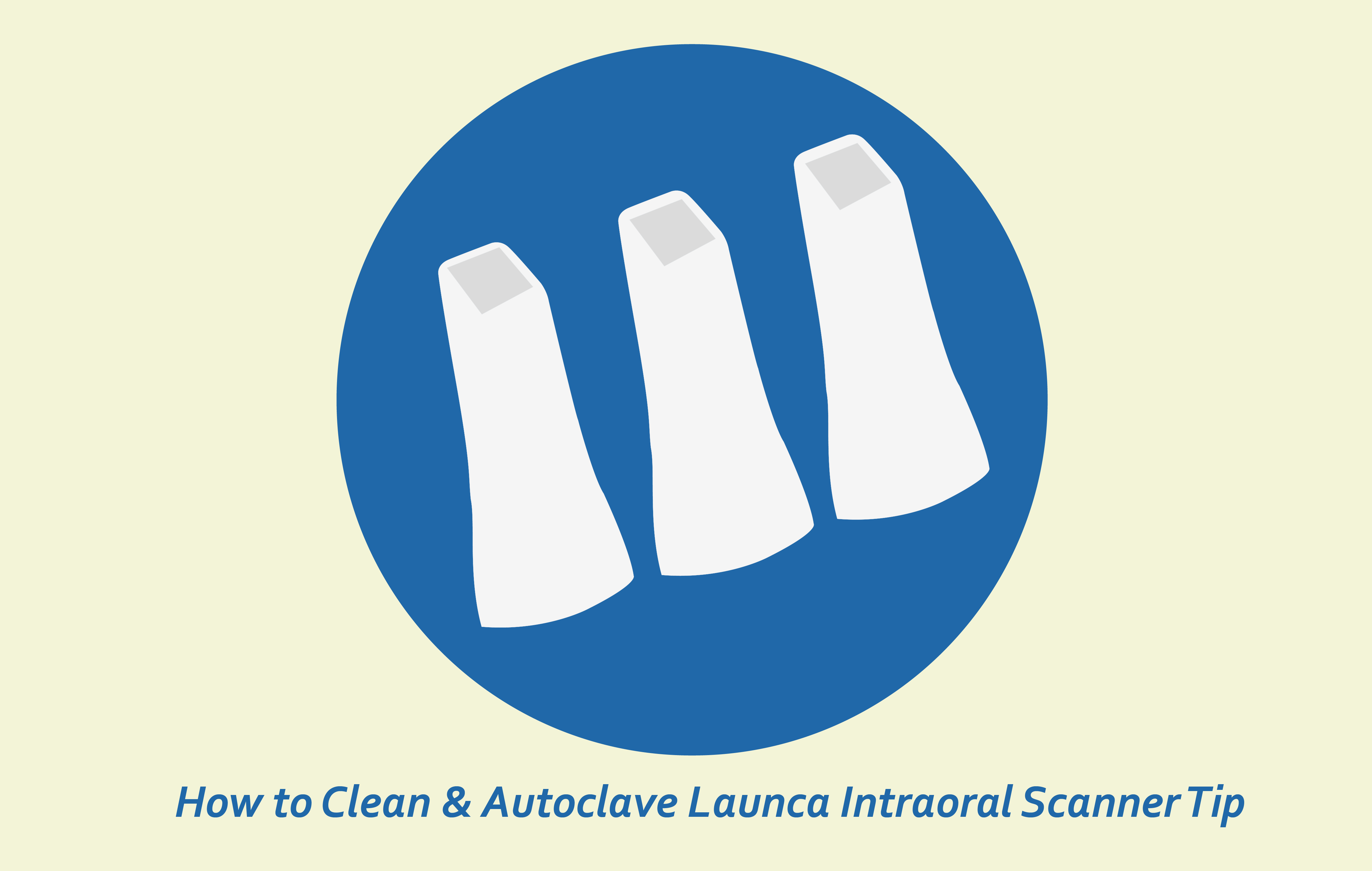
How to Clean & Sterilize Launca Intraoral Scanner Tips
The rise of digital dentistry has brought many innovative tools to the forefront, and one of them is the intraoral scanner. This digital device allows dentists to create precise and efficient digital impressions of a patient's teeth and gums. However, it is essential to ...Read more -
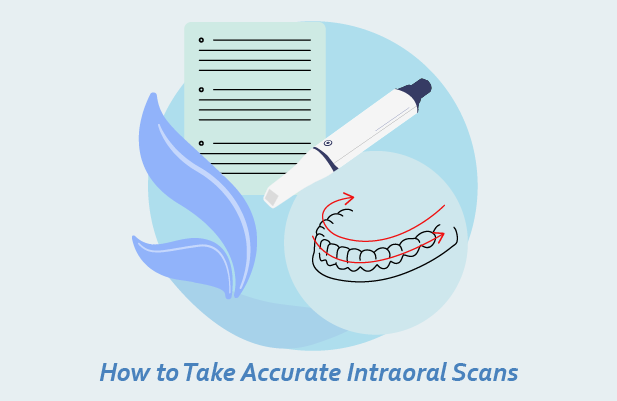
Mastering Intraoral Scanning: Tips for Accurate Digital Impressions
Intraoral scanners have become an increasingly popular alternative to traditional dental impressions in recent years. When used properly, digital intraoral scans can provide highly accurate and detailed 3D models of ...Read more -
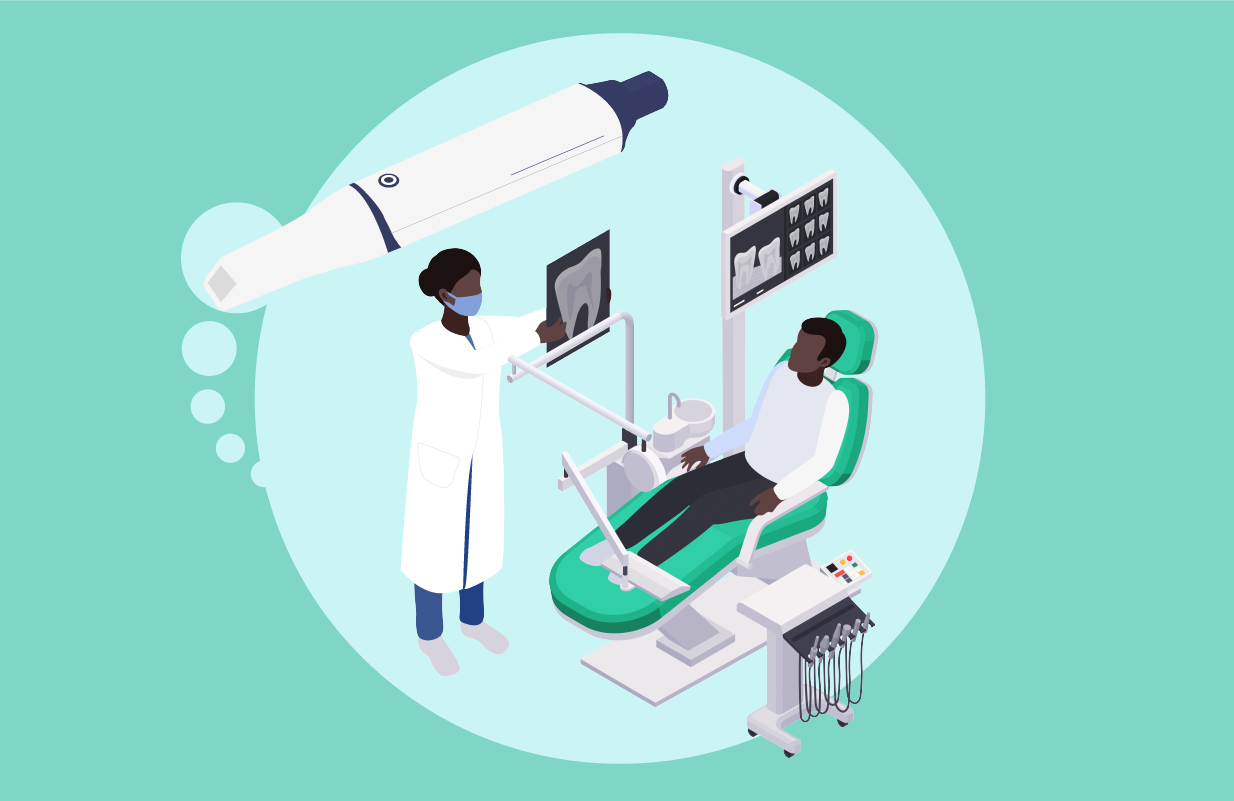
Beyond Traditional Impressions: Benefits of Intraoral Scanners for Patients & Dentists
Dental impressions are an essential part of the dental treatment process, allowing dentists to create accurate models of a patient's teeth and gums for a variety of procedures such as restorative dentistry, dental implants, and orthodontic treatment. Traditionally, denta...Read more -
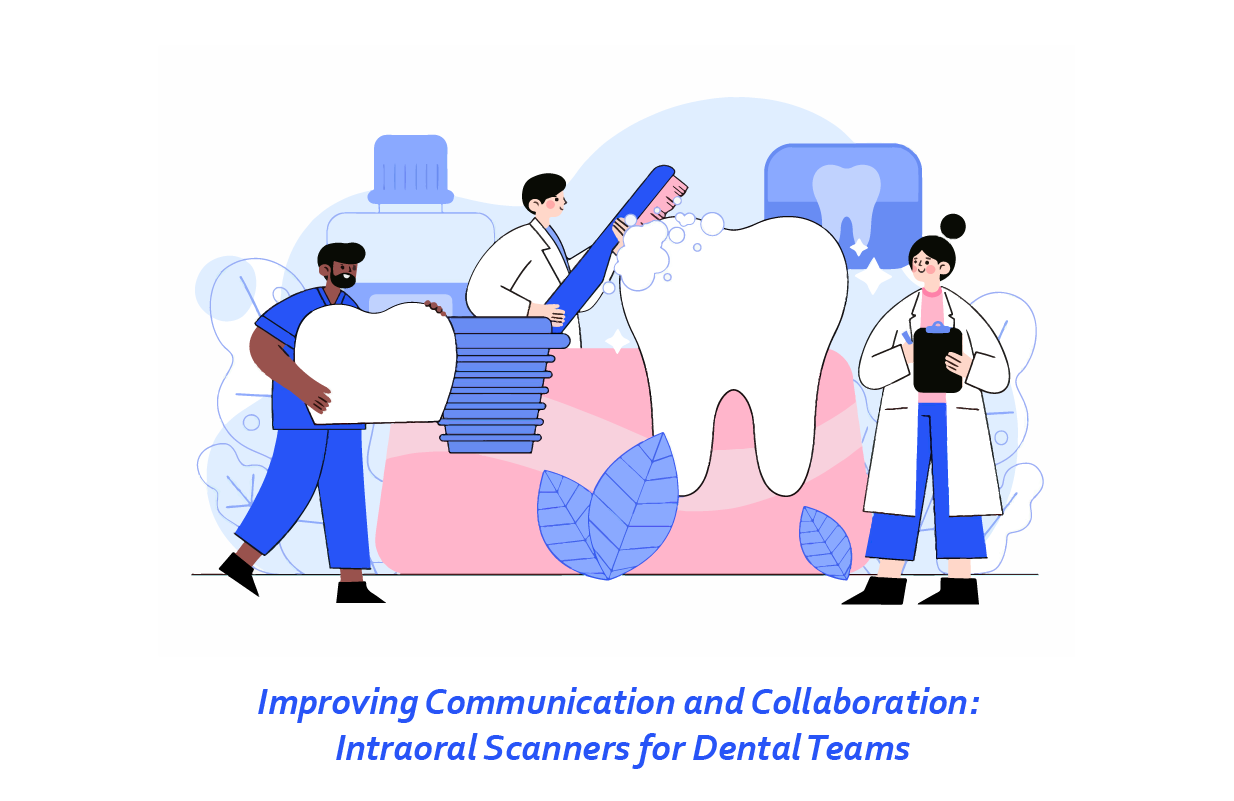
How Intraoral Scanners Improve Communication and Collaboration for Dental Practices
In this digital age, dental practices are constantly striving to improve their communication and collaboration methods to provide enhanced patient care. Intraoral scanners have emerged as a game-changing technology that not only streamlines dental workflows but also fost...Read more -
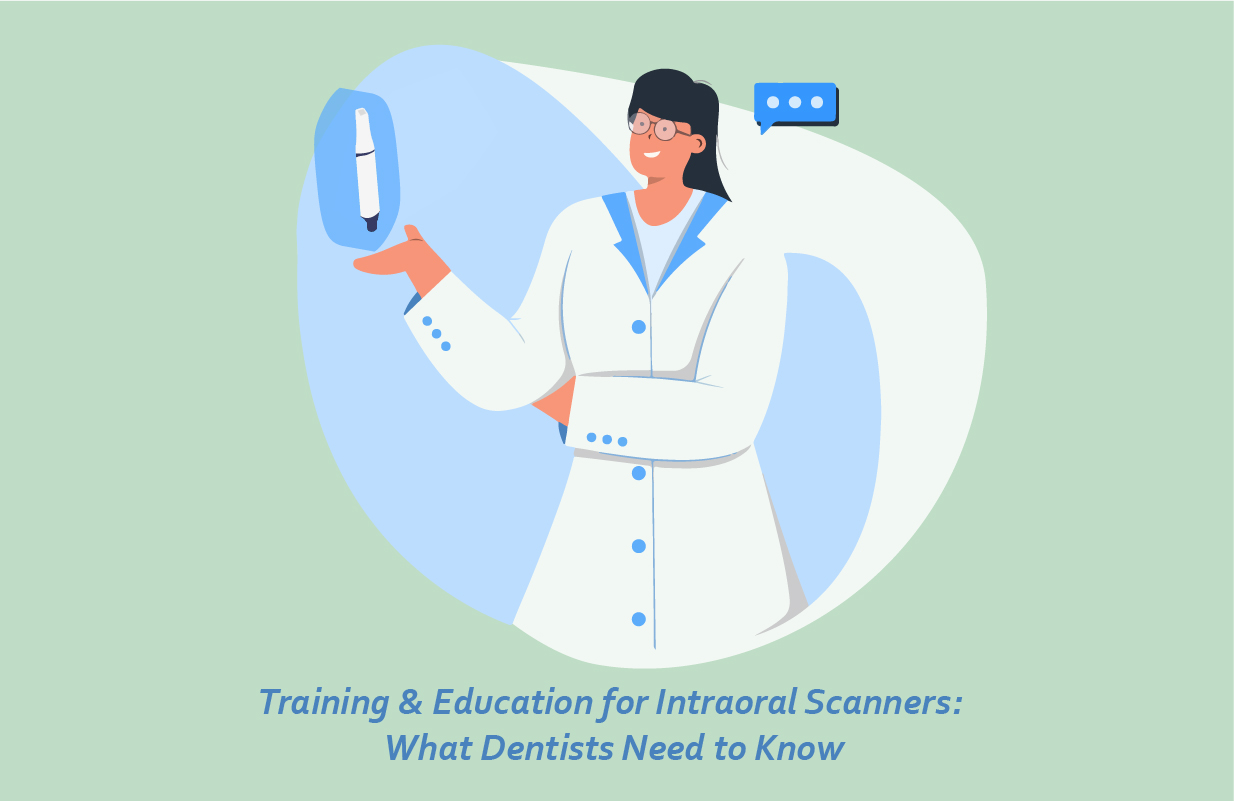
Training and Education for Intraoral Scanners: What Dentists Need to Know
In the ever-evolving field of dentistry, intraoral scanners are emerging as a crucial tool for providing efficient and accurate dental care. This state-of-the-art technology allows dentists to obtain highly detailed digital impressions of a patient's teeth and gum, repl...Read more





